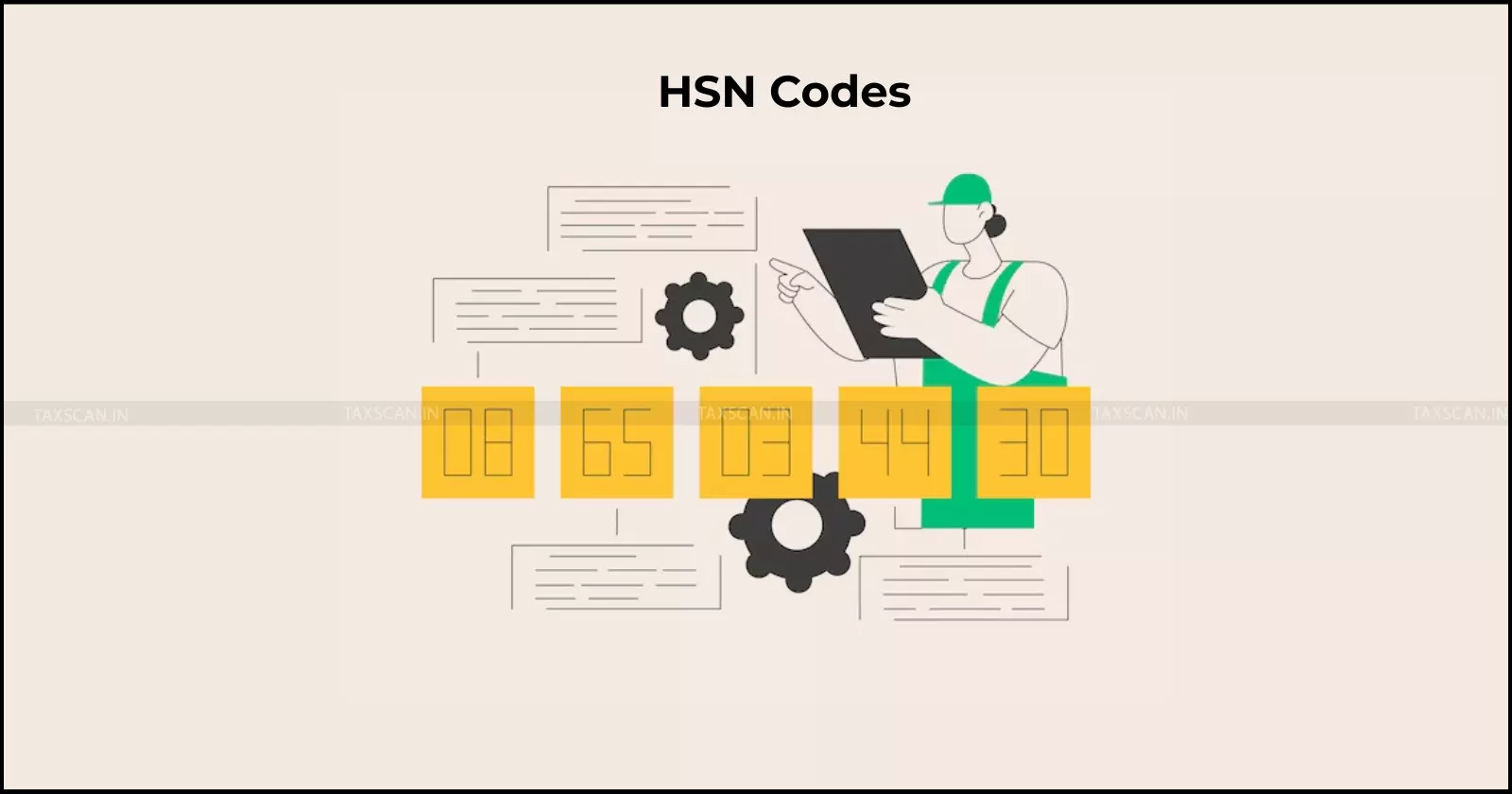Ministry of Commerce and Industry releases Guidebook on Mapping of HSN Codes
The Department for Promotion of Industry and Internal Trade (DPIIT), under the Ministry of Commerce and Industry, has released a comprehensive “Guidebook on Mapping of Harmonized System of Nomenclature (HSN) Codes”

The guidebook, unveiled in September 2025, represents a major policy step toward aligning India’s manufacturing and trade framework with global standards. The initiative forms part of the Viksit Bharat@2047 vision and seeks to build a resilient, competitive, and export-oriented industrial ecosystem. The mapping covers over 12,000 HSN codes, assigning them to 31 Ministries and Departments across the Government of India.
According to the document, the mapping was conducted through an extensive consultative process involving multiple Ministries, with 11,651 HSN codes accepted and classified under the respective administrative authorities. The remaining 516 codes, which did not fall under any specific Ministry, were categorized under a residual list with suggested alignments. DPIIT’s exercise relied on the Allocation of Business Rules (1961), the CBIC Tariff Manual, and inter-ministerial consultations to ensure precision and relevance.
In his foreword, Union Minister Piyush Goyal emphasized that the guidebook will help establish clear product ownership across Ministries, thereby improving policy coherence, trade negotiation capabilities, and sectoral interventions. The mapping enables Ministries to design product-centric policies, identify critical value chain dependencies, and strengthen domestic manufacturing capacities in alignment with India’s export goals.
The guidebook is structured around three key pillars — “Manufacture in India,” “Strengthen Brand India,” and “Make for the World.”
Under “Manufacture in India,” the focus is on product-level interventions, value-chain integration, and skill development. “Strengthen Brand India” underscores quality enhancement through Quality Control Orders (QCOs) and standardization. “Make for the World” highlights strategies for import monitoring, import substitution, and export promotion, providing Ministries with analytical tools for global trade competitiveness and informed participation in Free Trade Agreements (FTAs) and Comprehensive Economic Partnership Agreements (CEPAs).
DPIIT stated that this initiative will also serve as a critical reference for policymakers, industry bodies, researchers, and trade associations, enabling them to align industrial strategies with product-level data. The mapping will facilitate targeted incentives such as the Production Linked Incentive (PLI) schemes, identify potential for import substitution, and support evidence-based trade negotiations.
By linking India’s manufacturing ecosystem to globally recognized HSN standards, the guidebook is expected to streamline policy execution, improve inter-ministerial coordination, and enhance India’s positioning in global value chains, marking a foundational step in India’s journey toward becoming a leading manufacturing and trade hub.
Support our journalism by subscribing to Taxscan premium. Follow us on Telegram for quick updates


